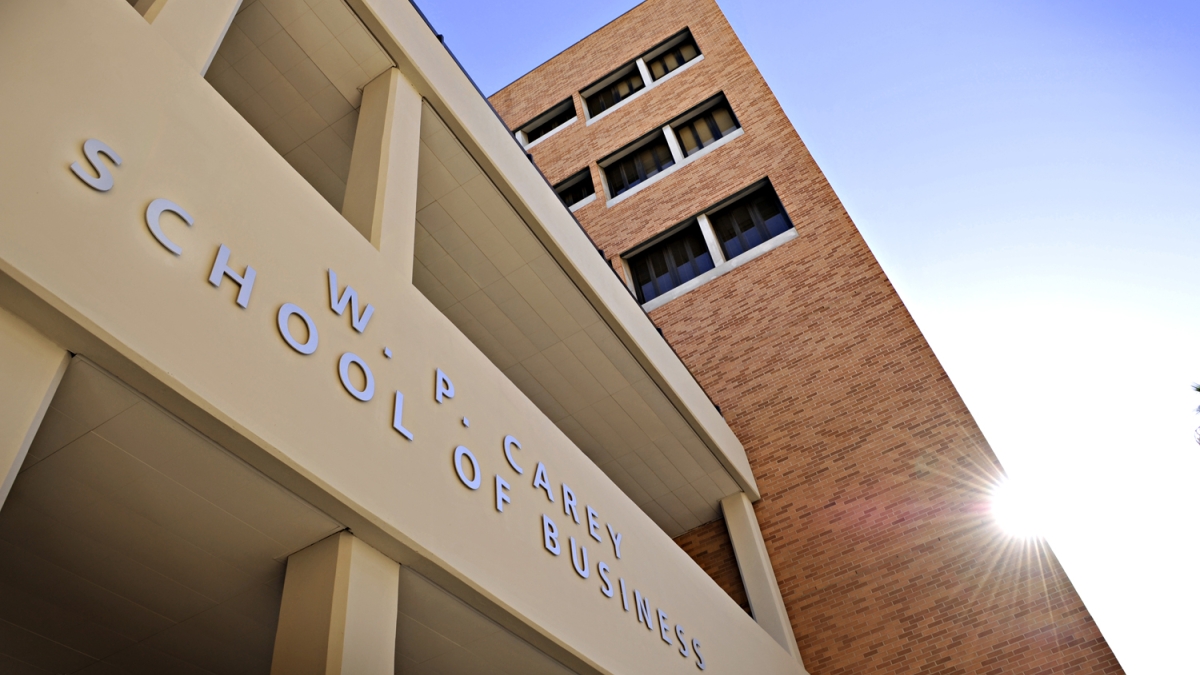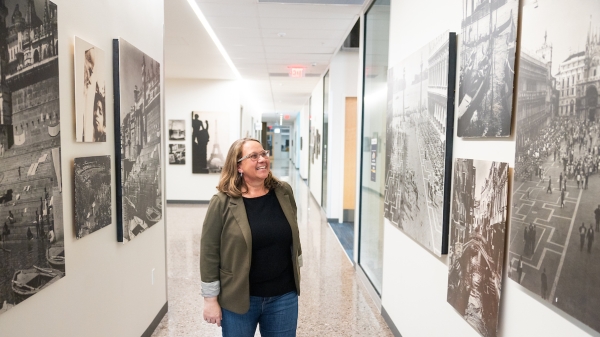Which came first for the Fed, the news or the action?
ASU professor's research shows Fed decisions affected by timing of press conferences

The financial world is awaiting an announcement next week from the Federal Reserve System, which is expected to raise interest rates for the first time in seven years.
Fed Chairwoman Janet Yellen is scheduled to discuss the important action at a press conference after the meeting, on Dec. 16.
But research by an Arizona State University professor shows that it might be the press conference that’s driving the timing of the action, not the other way around.
A new paper released by Oliver Boguth Oliver Boguth does research on portfolio choice and asset allocation, performance evaluation, the risk-return trade-off in dynamic settings, as well as volatility and its pricing implications. finds that the Fed’s five-year-old policy of holding press conferences after some — but not all — meetings has set the expectation that big changes will come only on press-conference days. That perception has permeated not only the financial markets, but also the media and the general public.
Oliver Boguth does research on portfolio choice and asset allocation, performance evaluation, the risk-return trade-off in dynamic settings, as well as volatility and its pricing implications. finds that the Fed’s five-year-old policy of holding press conferences after some — but not all — meetings has set the expectation that big changes will come only on press-conference days. That perception has permeated not only the financial markets, but also the media and the general public.
“It turns out that the markets behave very differently on days when there’s a press conference coming later,” said Boguth, an assistant professor of finance in ASU's W. P. Carey School of Business.
Boguth and two other researchersVincent Gregoire of the University of Melbourne in Australia and Charles Martineau of the University of British Columbia in Canada were co-authors. studied the volatility of the financial markets in response to the policy-making committee of the Federal Reserve System. The committee meets eight times a year to set target interest rates and make other decisions, and afterward always releases a short press statement. Since 2011, press conferences have also been held after four of the meetings.
“We looked at the returns of the stock market and volatility, a measure for uncertainty,” Boguth said.
“Only on days when the Fed would hold a press conference later in the day would the statement actually reduce uncertainty.
“This led us to believe that markets don’t expect important announcements when there are no press conferences later.”
The team also studied newspaper stories about the Fed both before and after the meetings, in print and on the Internet, as well as Google searches. All measures were higher for Fed meetings that had press conferences.
The results show that the Fed has essentially backed itself into a corner because it doesn’t want to disrupt the markets with unexpected moves, so it can make big decisions only on press-conference days.
“I don’t know if they could destroy billions of dollars in a second, but the information moves markets by billions of dollars,” he said.
Boguth said that before 1994, the Fed didn’t even release statements about the committee decisions. Former Chairman Ben Bernanke wanted to increase transparency, so hourlong press conferences were held starting in 2011 in which he answered questions from journalists, but only for half of the meetings.
“The press conferences do add a little bit of transparency ... but it comes at a cost that information isn’t revealed to markets on those other days,” Boguth said.
“It’s effectively gone from eight equally important announcement days per year to four important and four minor ones, where not much information is conveyed on those days.”
Boguth said his team predicted that the big interest-rate announcement would be next week because the next press conference isn’t until March, and that would be too long to wait to raise interest rates.
A decision to raise interest rates, already implied by Yellen, is good news because it means the Fed believes the economy has recovered enough to no longer need the boost of near-zero interest rates, he said.
“Interest rates can’t stay too low for too long because they are there to give the economy a kick start, and if you stay too long the economy will overheat.”
More Business and entrepreneurship

Thunderbird archives: These walls do talk
Editor’s note: This is part of a monthly series spotlighting special collections from ASU Library’s archives throughout 2024. At most universities, if you want to learn about their history, you must…

California roots, global impact: Thunderbird at ASU grad's journey in global management
Editor’s note: This story is part of a series of profiles of notable spring 2024 graduates. Lake Forest, California, native Kyle Kay was attracted to Thunderbird School of Global Management at…

ASU student entrepreneurs win cash investments for ventures at Demo Day
Several Arizona State University student entrepreneurs who won big cash investments for their ventures on Saturday expressed gratitude not only for the money but also the support they found in…